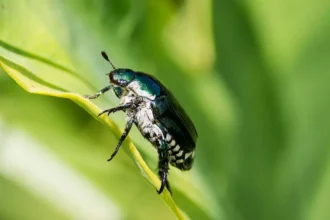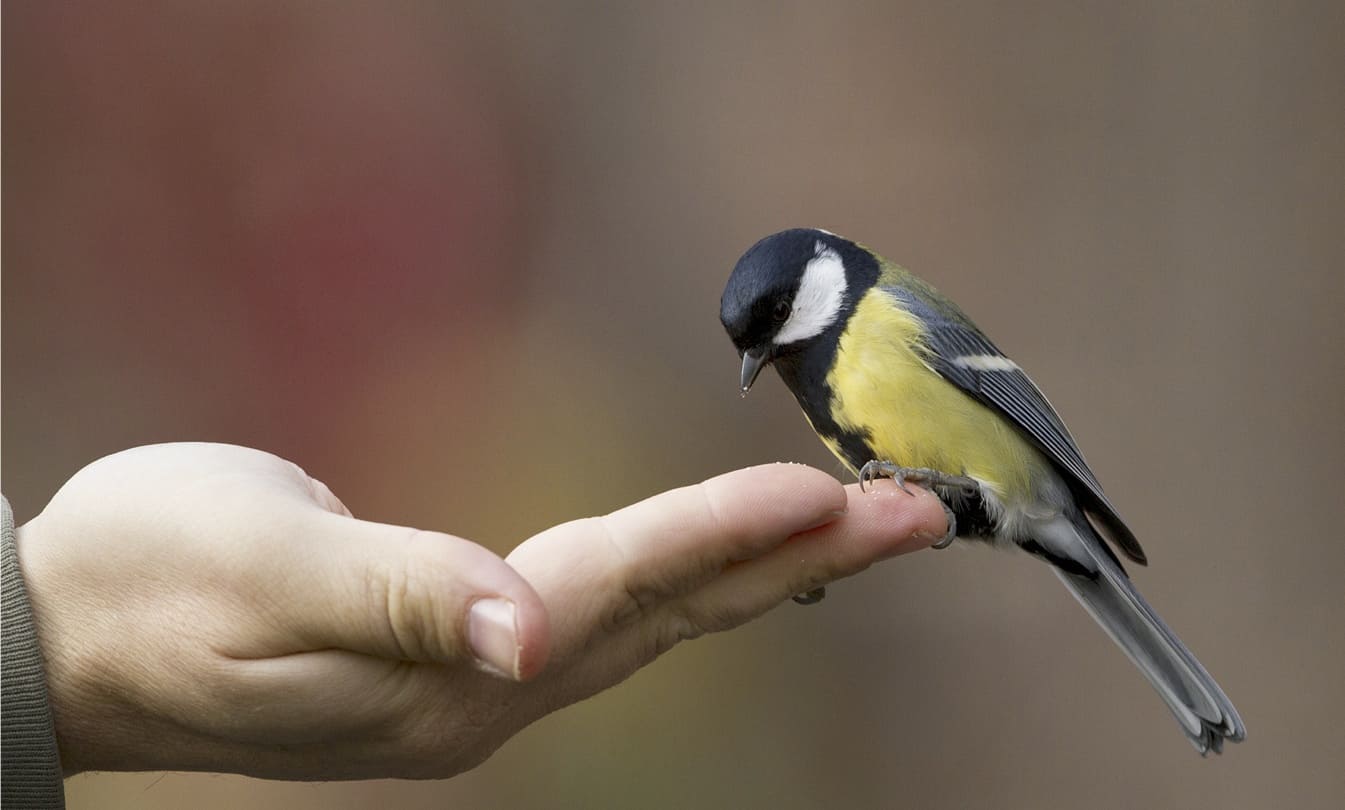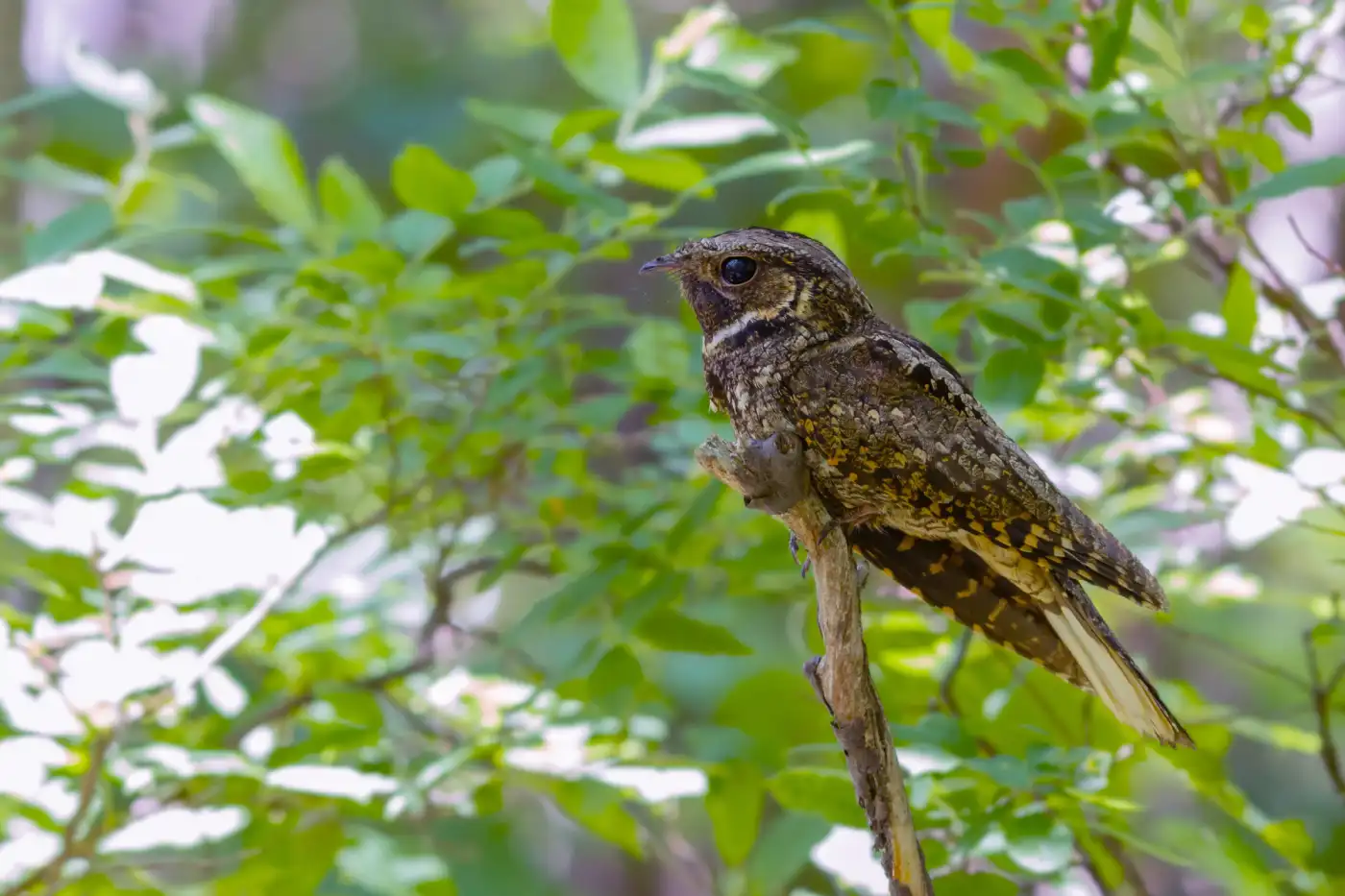Understanding bird behavior requires keen observation skills and an ability to identify and describe behavioral patterns. In this blog post, we will explore common bird behaviors and provide tips on how to observe and understand them better. Let’s delve into the captivating world of bird behavior!
understanding bird behavior
Understanding bird behavior can be a fascinating and rewarding pursuit, whether you are a birdwatcher, a biologist, or simply someone interested in the natural world.
Some aspects of bird behavior that you might want to study include:
- Foraging behavior: Birds have a wide range of feeding strategies, from hunting for prey to scavenging for scraps.
- Vocalizations: Many birds are highly vocal, using calls and songs to communicate with one another.
- Mating behavior: Birds engage in a variety of courtship rituals, from elaborate displays of plumage and song to more subtle behaviors like shared feeding or nest-building.
- Migration: Many bird species undertake long-distance migrations each year, often covering thousands of miles.
- Social behavior: Some bird species are highly social, living in flocks or colonies and engaging in cooperative behaviors like communal defense or cooperative breeding.
These are just a few examples of the many fascinating aspects of bird behavior that you might choose to explore. There are many resources available, including field guides, scientific journals, and online communities, that can help you to learn more about birds and their behavior.
bird behavior examples
Here are some brief examples of bird behavior:
- Nest-building
- Courtship displays
- Territory defense
- Vocalizations
- Migration
- Foraging behavior
- Parental care
These are just a few examples of the many fascinating behaviors exhibited by birds.
bird behavior characteristics
Here are some general characteristics of bird behavior:
- Adaptability: Birds are highly adaptable and can adjust their behavior in response to changing environmental conditions, such as changes in food availability or habitat.
- Innate behaviors: Many bird behaviors are innate, meaning they are genetically programmed and do not require learning or experience.
- Learned behaviors: Birds can also learn from experience and adjust their behavior accordingly.
- Communication: Birds use a variety of vocalizations, body language, and visual displays to communicate with one another.
- Social behavior: Some bird species are highly social and live in flocks or colonies.
- Courtship rituals: Many bird species engage in elaborate courtship rituals, which can involve displays of plumage, song, and dance.
- Parental care: Birds provide extensive parental care to their offspring, including feeding, grooming, and protection from predators.
These are just a few of the many characteristics of bird behavior, and different bird species can exhibit a wide range of behaviors depending on their ecology, physiology, and evolutionary history.
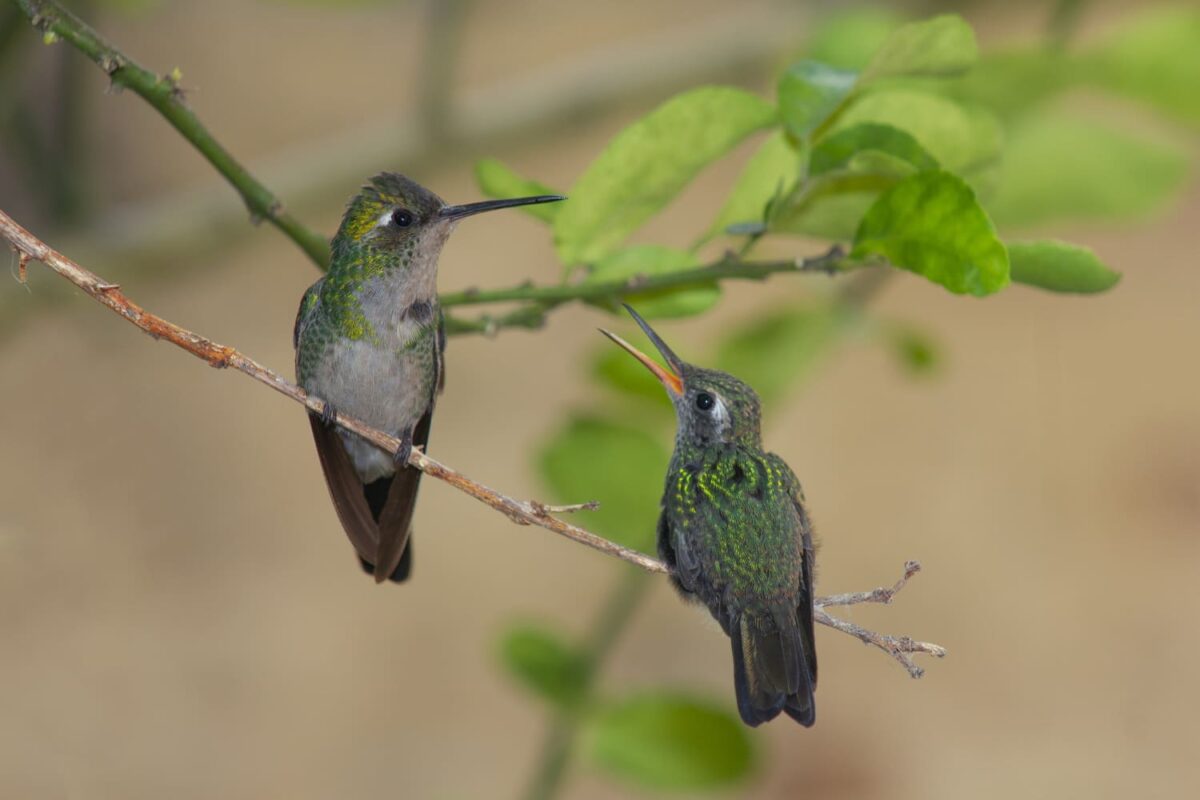
Also discover: Birds mammals
bird behavior after wing clipping
Wing trimming, or wing clipping, is a common practice among bird owners to prevent birds from flying away or injuring themselves.
However, wing trimming can have significant effects on the behavior of birds. After wing trimming, birds may exhibit changes in their behavior, including:
- Inactivity: Birds may become less active, as they are no longer able to fly and explore their environment.
- Anxiety and stress: Wing trimming can cause birds to feel anxious and stressed, as they are unable to escape from perceived threats.
- Aggression: Some birds may become more aggressive after wing trimming, as they feel vulnerable and unable to defend themselves.
- Depressed appetite: Wing trimmed birds may have a reduced appetite due to the stress and anxiety caused by the procedure.
- Feather picking and self-mutilation: In some cases, birds may engage in feather picking and self-mutilation behaviors as a result of the stress and anxiety caused by wing trimming.
It is important to note that wing trimming should only be performed by a professional and with proper care, as it can have significant effects on the behavior and welfare of birds.
Additionally, wing trimming should only be used as a last resort, and alternative methods of bird management should be considered whenever possible.
hummingbird behavior
Hummingbirds are known for their unique and fascinating behavior. Some interesting hummingbird behaviors include:
- Hovering: Hummingbirds have the ability to hover in mid-air, which allows them to feed on nectar from flowers or feeders.
- Aggressive behavior: Hummingbirds can be very territorial and will aggressively defend their feeding and nesting areas from other hummingbirds.
- Courtship displays: Male hummingbirds perform elaborate courtship displays, which can include flying in a U-shape pattern, diving, and making high-pitched chirping sounds.
- Feeding behavior: Hummingbirds have a high metabolism and must consume large quantities of nectar to fuel their energy needs. They can visit hundreds of flowers each day and have specialized tongues for collecting nectar.
- Migration: Many hummingbird species have the ability to migrate long distances to breeding or feeding grounds in different regions, often traveling thousands of miles.
- Torpor: Hummingbirds have a unique ability to enter into a state of torpor, which is similar to hibernation. During torpor, their heart rate and metabolism slow down significantly, allowing them to conserve energy.
Understanding hummingbird behavior is important for their conservation, as many species are threatened by habitat loss, climate change, and other human activities. By studying their behavior, we can learn more about their needs and behaviors, and develop strategies to protect them and their habitats.
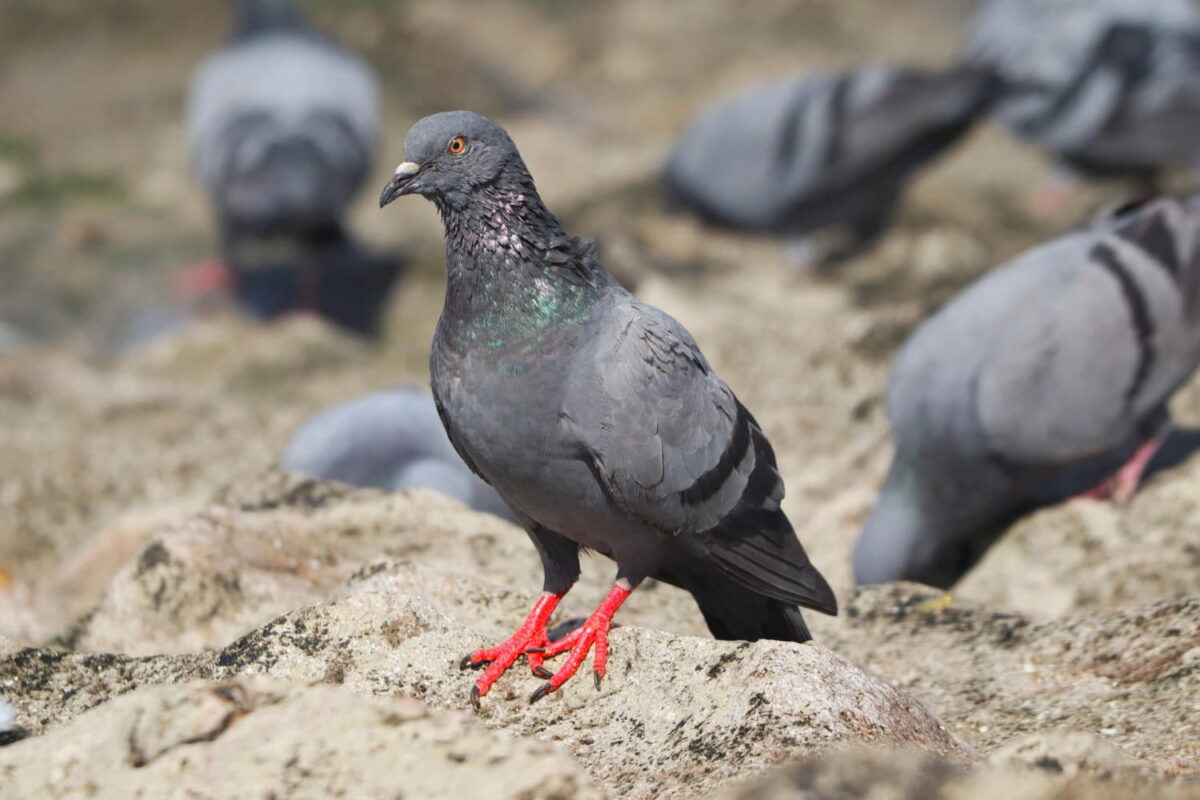
bird behavior before laying eggs
Before laying eggs, birds exhibit a variety of behaviors that are related to reproduction and nesting. Some examples of these behaviors include:
- Nest building: Many bird species build nests to provide a safe and secure environment for their eggs and offspring. Birds may gather materials such as twigs, grass, and mud to construct their nests.
- Territorial behavior: Birds may become more territorial around their nesting sites, chasing away other birds or animals that may pose a threat to their eggs or offspring.
- Courtship displays: Some bird species engage in elaborate courtship displays before laying eggs. These displays can include singing, dancing, and displaying colorful feathers or other physical attributes.
- Increased feeding: Female birds may increase their food intake and store extra fat reserves before laying eggs. This extra energy is needed to support egg production and incubation.
- Egg-laying behavior: Female birds may spend more time in their nests before laying eggs, and may exhibit behaviors such as sitting in the nest for extended periods of time and rearranging nesting materials.
Understanding the behavior of birds before laying eggs is important for their conservation and management, as it can help us identify the habitat requirements and nesting needs of different bird species. By protecting and managing their nesting habitats, we can help ensure the survival of bird populations and their offspring.
bird aggressive behavior
Aggressive behavior is a common trait among many bird species, and can be exhibited for a variety of reasons, including territorial defense, competition for food or mates, and protection of offspring.
Some examples of aggressive bird behaviors include:
- Threat displays: Birds may engage in threat displays to warn off potential predators or competitors. These displays can include spreading wings, making loud vocalizations, and lunging toward the perceived threat.
- Physical attacks: Some bird species may engage in physical attacks, such as pecking or striking with their wings or beaks, to defend their territory or offspring.
- Chasing: Birds may chase other birds or animals away from their territory or food sources, often using high-speed flight maneuvers.
- Mobbing: Some bird species may engage in mobbing behavior, where a group of birds will harass and attack a predator or intruder to drive them away.
- Nest defense: Birds may become especially aggressive when defending their nests and offspring, often attacking any perceived threats that come too close.
While aggressive behavior is a normal part of bird behavior, it is important to be cautious around aggressive birds, especially when they are defending their nests or young.
In some cases, aggressive behavior may be a sign of stress or other health issues, and may require intervention or treatment.
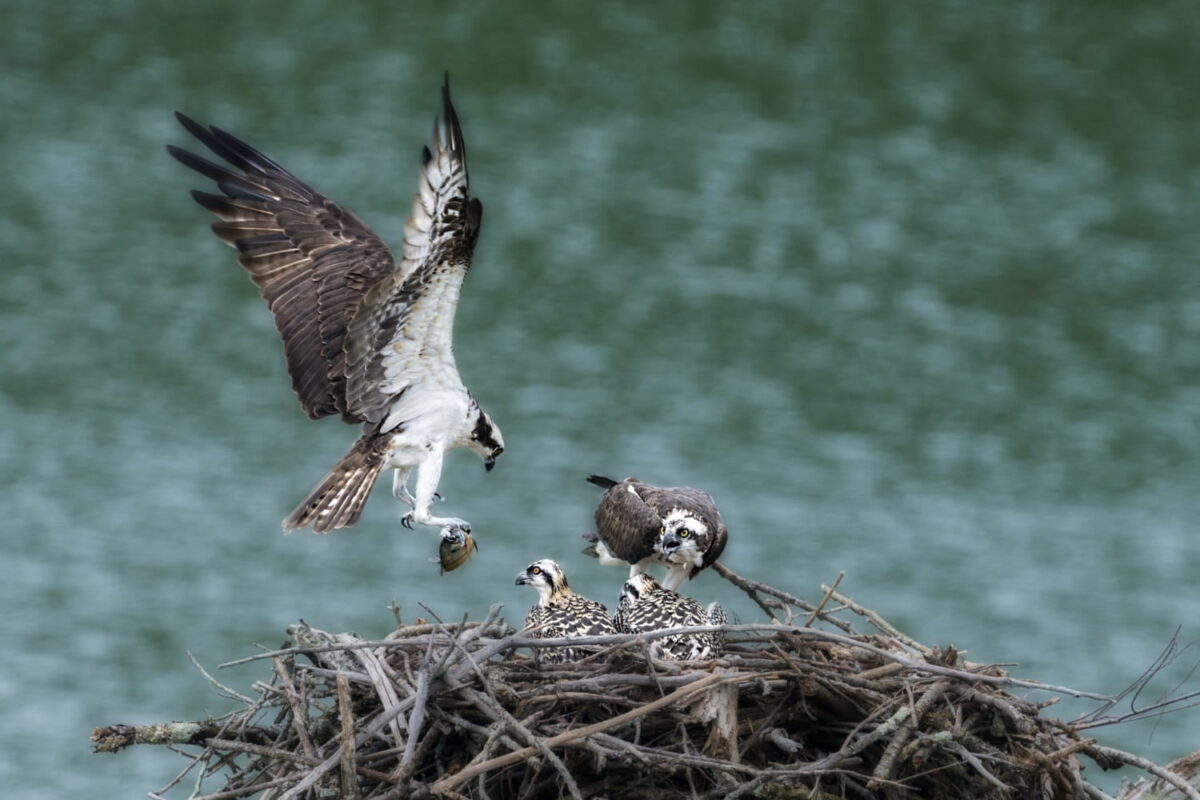
Conclusion
the behavior of birds is a fascinating and complex topic that has captured the attention of scientists and bird enthusiasts alike. From courtship displays and nest building to migration and aggressive behavior, birds have developed a wide range of adaptations that allow them to survive and thrive in a variety of environments.
Understanding bird behavior is not only important for our appreciation of the natural world, but also for the conservation and management of bird populations and their habitats.
By studying bird behavior and developing strategies to protect and manage bird populations, we can help ensure the survival of these remarkable and important creatures.







